SLUS828D December 2008 – October 2017 UCC28019A
PRODUCTION DATA.
- 1 Features
- 2 Applications
- 3 Description
- 4 Revision History
- 5 Pin Configuration and Functions
- 6 Specifications
-
7 Detailed Description
- 7.1 Overview
- 7.2 Functional Block Diagram
- 7.3
Feature Description
- 7.3.1 Soft-Start
- 7.3.2
System Protection
- 7.3.2.1 VCC Undervoltage Lockout (UVLO)
- 7.3.2.2 Input Brown-Out Protection (IBOP)
- 7.3.2.3 Output Overvoltage Protection (OVP)
- 7.3.2.4 Open Loop Protection/Standby (OLP/Standby)
- 7.3.2.5 ISENSE Open-Pin Protection (ISOP)
- 7.3.2.6 Output Undervoltage Detection (UVD) and Enhanced Dynamic Response (EDR)
- 7.3.2.7 Over-Current Protection
- 7.3.2.8 Soft Over Current (SOC)
- 7.3.2.9 Peak Current Limit (PCL)
- 7.3.2.10 Current Sense Resistor, RISENSE
- 7.3.3 Gate Driver
- 7.3.4 Current Loop
- 7.3.5 ISENSE and ICOMP Functions
- 7.3.6 Pulse Width Modulator
- 7.3.7 Control Logic
- 7.3.8 Voltage Loop
- 7.3.9 Output Sensing
- 7.3.10 Voltage Error Amplifier
- 7.3.11 Non-Linear Gain Generation
- 7.4 Device Functional Modes
- 8 Application and Implementation
- 9 Power Supply Recommendations
- 10Layout
- 11Device and Documentation Support
- 12Mechanical, Packaging, and Orderable Information
6 Specifications
6.1 Absolute Maximum Ratings(1)
Over operating free-air temperature range unless otherwise noted. Unless noted, all voltages are with respect to GND. Currents are positive into and negative out of the specified terminal.| MIN | MAX | UNIT | ||
|---|---|---|---|---|
| Input voltage range | VCC, GATE | –0.3 | 22 | V |
| VINS, VSENSE, | –0.3 | 7 | V | |
| VCOMP, ICOMP(2) | –0.3 | 7.5 | V | |
| ISENSE | –24 | 7 | V | |
| Input current range | VSENSE, ISENSE | –1 | 1 | mA |
| Lead temperature, TSOL | Soldering, 10s | 300 | °C | |
| Junction temperature, TJ | Operating | –55 | 150 | °C |
| Storage | –65 | 150 | °C | |
(1) Stresses beyond those listed under “absolute maximum ratings” may cause permanent damage to the device. These are stress ratings only and functional operation of the device at these or any other condition beyond those included under “recommended operating conditions” is not implied. Exposure to absolute-maximum-rated conditions for extended periods of time may affect device reliability.
6.2 ESD Ratings
| VALUE | UNIT | |||
|---|---|---|---|---|
| V(ESD) | Electrostatic discharge | Human-body model (HBM), per ANSI/ESDA/JEDEC JS-001(1) | ±2000 | V |
| Charged-device model (CDM), per JEDEC specification JESD22-C101(2) | ±500 | V | ||
(1) JEDEC document JEP155 states that 500-V HBM allows safe manufacturing with a standard ESD control process.
(2) JEDEC document JEP157 states that 250-V CDM allows safe manufacturing with a standard ESD control process.
6.3 Recommended Operating Conditions
over operating free-air temperature range (unless otherwise noted)| MIN | MAX | UNIT | |
|---|---|---|---|
| VCC input voltage from a low-impedance source | VCCOFF + 1 V | 21 | V |
| Operating junction temperature, TJ | -40 | 125 | °C |
6.4 Thermal Information
| THERMAL METRIC(1) | UCC28019A | UNIT | ||
|---|---|---|---|---|
| P (PDIP) | D (SOIC) | |||
| 8 PINS | 8 PINS | |||
| RθJA | Junction-to-ambient thermal resistance | 52.8 | 113.0 | °C/W |
| RθJC(top) | Junction-to-case (top) thermal resistance | 42.3 | 61.5 | °C/W |
| RθJB | Junction-to-board thermal resistance | 30.0 | 53.2 | °C/W |
| ψJT | Junction-to-top characterization parameter | 19.5 | 15.9 | °C/W |
| ψJB | Junction-to-board characterization parameter | 29.9 | 52.7 | °C/W |
(1) For more information about traditional and new thermal metrics, see the Semiconductor and IC Package Thermal Metrics application report, SPRA953.
6.5 Electrical Characteristics
Unless otherwise noted, VCC=15 VDC, 0.1 μF from VCC to GND, -40°C ≤ TJ = TA ≤ 125°C. All voltages are with respect to GND. Currents are positive into and negative out of the specified terminal.| PARAMETER | TEST CONDITION | MIN | TYP | MAX | UNIT | |
|---|---|---|---|---|---|---|
| VCC Bias Supply | ||||||
| ICCPRESTART | ICC pre-start current | VCC = VCCON – 0.1 V | 25 | 100 | 200 | μA |
| ICCSTBY | ICC standby current | VSENSE = 0.5 V | 1 | 2.2 | 2.9 | mA |
| ICCON_load | ICC operating current | VSENSE = 4.5 V, CGATE = 4.7 nF | 4 | 7.5 | 10 | mA |
| Under Voltage Lockout (UVLO) | ||||||
| VCCON | VCC turn on threshold | 10 | 10.5 | 11 | V | |
| VCCOFF | VCC turn off threshold | 9 | 9.5 | 10 | V | |
| UVLO hysteresis | 0.8 | 1 | 1.2 | V | ||
| Oscillator | ||||||
| fSW | Switching frequency | TA = 25°C | 61.7 | 65 | 68.3 | kHz |
| -25°C ≤ TA ≤ 125°C | 59 | 65 | 71 | kHz | ||
| -40°C ≤ TA ≤ 125°C | 57 | 71 | kHz | |||
| PWM | ||||||
| DMIN | Minimum duty cycle | VCOMP = 0 V, VSENSE = 5 V, ICOMP = 6.4 V |
0% | |||
| DMAX | Maximum duty cycle | VSENSE = 4.95 V | 94% | 98% | 99.3% | |
| tOFF(min) | Minimum off time | VSENSE = 3 V, ICOMP = 1 V | 100 | 250 | 600 | ns |
| System Protection | ||||||
| VSOC | ISENSE threshold, Soft Over Current (SOC) | -0.66 | -0.73 | -0.79 | V | |
| VPCL | ISENSE threshold, Peak Current Limit (PCL) | -1 | -1.08 | -1.15 | V | |
| IISOP | ISENSE bias current, ISENSE Open-Pin Protection (ISOP) | ISENSE = 0 V | -2.1 | -4.0 | μA | |
| VISOP | ISENSE threshold, ISENSE Open-Pin Protection (ISOP) | ISENSE = open pin | 0.082 | V | ||
| VOLP | VSENSE threshold, Open Loop Protection (OLP) | ICOMP = 1 V, ISENSE = -0.1 V, VCOMP = 1 V |
0.77 | 0.82 | 0.86 | V |
| Open Loop Protection (OLP) Internal pull-down current | VSENSE = 0.5 V | 100 | 250 | nA | ||
| VUVD | VSENSE threshold, output Under-Voltage Detection (UVD)(1) | 4.63 | 4.75 | 4.87 | V | |
| VOVP | VSENSE threshold, output Over-Voltage Protection (OVP) | ISENSE = -0.1 V | 5.12 | 5.25 | 5.38 | V |
| VINSBROWNOUT_th | Input Brown-Out Detection (IBOP) high-to-low threshold |
0.76 | 0.82 | 0.88 | V | |
| VINSENABLE_th | Input Brown-Out Detection (IBOP) low-to-high threshold |
1.4 | 1.5 | 1.6 | V | |
| IVINS_0V | VINS bias current | VINS = 0 V | 0 | ±0.1 | μA | |
| ICOMP threshold, external overload protection | 0.6 | V | ||||
| Current Loop | ||||||
| gmi | Transconductance gain | TA = 25°C | 0.75 | 0.95 | 1.15 | mS |
| Output linear range(1) | ±50 | μA | ||||
| ICOMP voltage during OLP | VSENSE = 0.5 V | 3.7 | 4 | 4.3 | V | |
| Voltage Loop | ||||||
| VREF | Reference voltage | -40°C ≤ TA ≤ 125°C | 4.9 | 5 | 5.1 | V |
| gmv | Transconductance gain without EDR | -31.5 | -42 | -52.5 | μS | |
| gmv-EDR | Transconductance gain under EDR | VSENSE = 4.65 V | -440 | μS | ||
| Maximum sink current under normal operation | VSENSE = 6 V, VCOMP = 4 V | 21 | 30 | 38 | μA | |
| Source current under soft start | VSENSE = 4 V, VCOMP = 2.5 V | -21 | -30 | -38 | μA | |
| Maximum source current under EDR operation | VSENSE = 4 V, VCOMP = 2.5 V | -300 | μA | |||
| VSENSE = 4 V, VCOMP = 4 V | -170 | μA | ||||
| Enhanced dynamic response VSENSE low threshold, falling(1) | 4.63 | 4.75 | 4.87 | V | ||
| VSENSE input bias current | VSENSE = 5 V | 20 | 100 | 250 | nA | |
| VCOMP voltage during OLP | VSENSE = 0.5 V, IVCOMP = 0.5 mA | 0 | 0.2 | 0.4 | V | |
| VCOMP rapid discharge current | VCOMP = 3 V, VCC = 0 V | 0.77 | mA | |||
| VPRECHARGE | VCOMP precharge voltage | IVCOMP = -100 μA, VSENSE = 5 V | 1.76 | V | ||
| IPRECHARGE | VCOMP precharge current | VCOMP = 1.0 V | -1 | mA | ||
| VSENSE threshold, end of soft start | Initial start up | 4.95 | V | |||
| GATE Driver | ||||||
| GATE current, peak, sinking(1) | CGATE = 4.7 nF | 2 | A | |||
| GATE current, peak, sourcing(1) | CGATE = 4.7 nF | -1.5 | A | |||
| GATE rise time | CGATE = 4.7 nF, GATE = 2 V to 8 V | 8 | 40 | 60 | ns | |
| GATE fall time | CGATE = 4.7 nF, GATE = 8 V to 2 V | 8 | 25 | 40 | ns | |
| GATE low voltage, no load | I GATE = 0 A | 0 | 0.05 | V | ||
| GATE low voltage, sinking | I GATE = 20 mA | 0.3 | 0.8 | V | ||
| GATE low voltage, sourcing | I GATE = -20 mA | -0.3 | -0.8 | V | ||
| GATE low voltage, sinking, device OFF | VCC = 5 V, IGATE = 5 mA | 0.2 | 0.75 | 1.2 | V | |
| VCC = 5 V, IGATE = 20 mA | 0.2 | 0.9 | 1.5 | V | ||
| GATE high voltage | VCC = 20 V, CGATE = 4.7 nF | 11.0 | 12.5 | 14.0 | V | |
| VCC = 11 V, CGATE = 4.7 nF | 9.5 | 10.5 | 11.0 | V | ||
| VCC = VCCOFF + 0.2 V, CGATE = 4.7 nF | 8.0 | 9.4 | 10.2 | V | ||
(1) Not production tested. Characterized by design.
6.6 Typical Characteristics
Unless otherwise noted, VCC = 15 VDC, 0.1 μF from VCC to GND, -40°C ≤ TJ = TA ≤ 125°C. All voltages are with respect to GND. Currents are positive into and negative out of the specified terminal.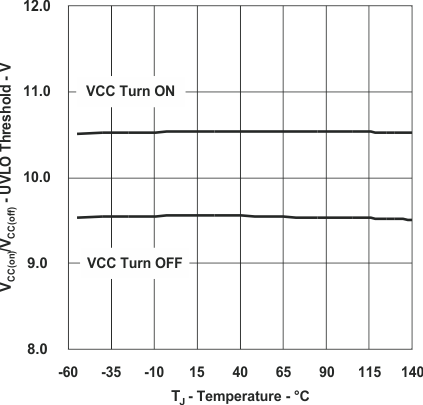 Figure 1. UVLO Thrasholds vs Temperature
Figure 1. UVLO Thrasholds vs Temperature
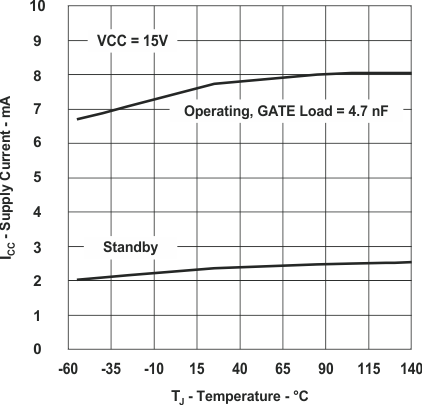 Figure 3. Supply Current vs Temperature
Figure 3. Supply Current vs Temperature
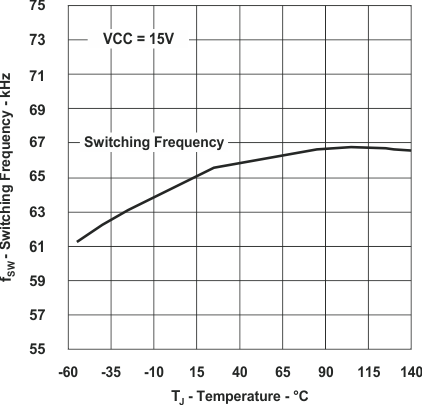 Figure 5. Oscillator Frequency vs Temperature
Figure 5. Oscillator Frequency vs Temperature
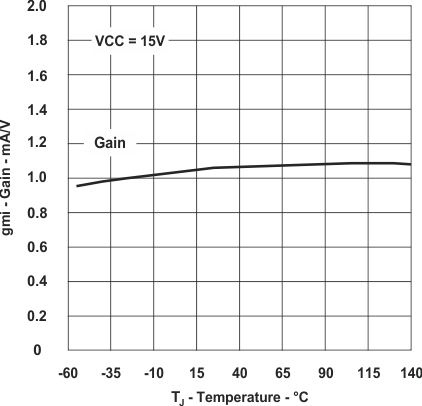 Figure 7. Current Averaging Amplifier Transconductance vs Temperature
Figure 7. Current Averaging Amplifier Transconductance vs Temperature
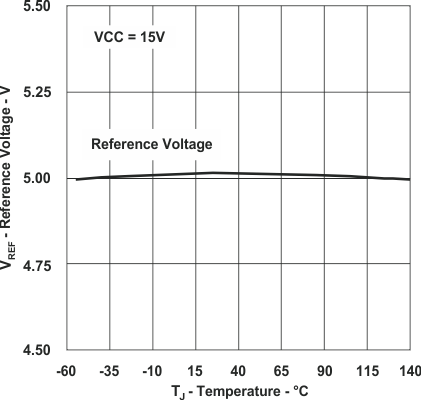 Figure 9. Reference Voltage vs Temperature
Figure 9. Reference Voltage vs Temperature
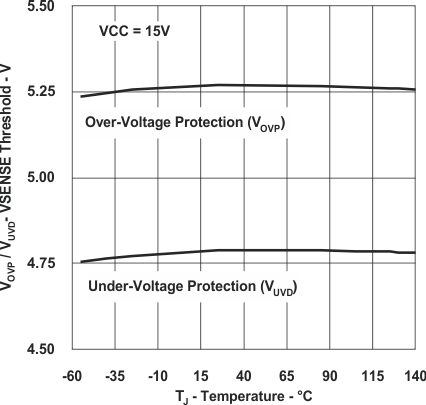 Figure 11. VSENSE Threshold vs Temperature
Figure 11. VSENSE Threshold vs Temperature
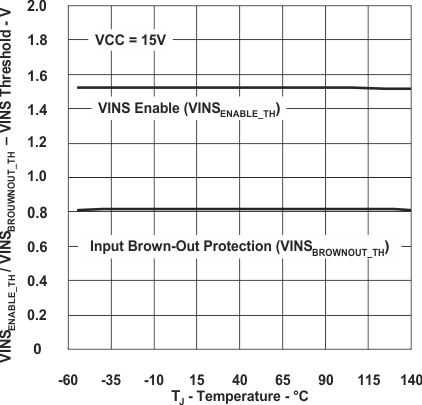 Figure 13. VINS Threshold vs Temperature
Figure 13. VINS Threshold vs Temperature
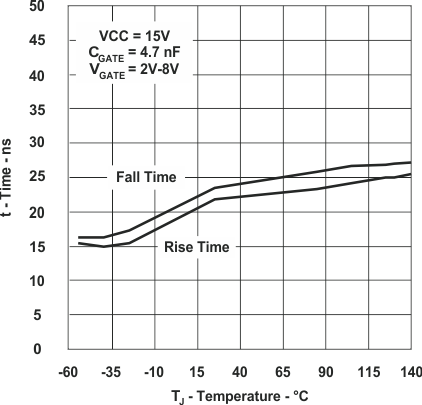 Figure 15. Gate Drive Switching vs Temperature
Figure 15. Gate Drive Switching vs Temperature
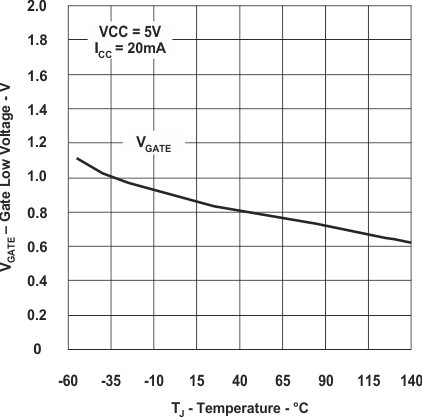 Figure 17. Gate Low Voltage With Device Off vs Temperature
Figure 17. Gate Low Voltage With Device Off vs Temperature
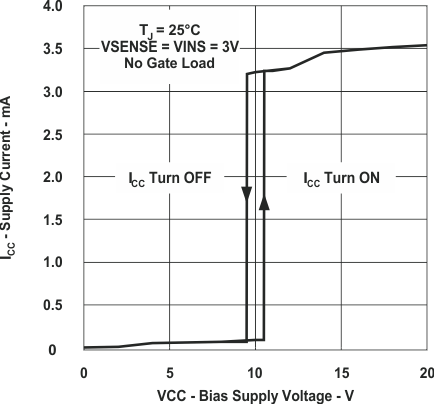 Figure 2. Supply Current vs Bias Supply Voltage
Figure 2. Supply Current vs Bias Supply Voltage
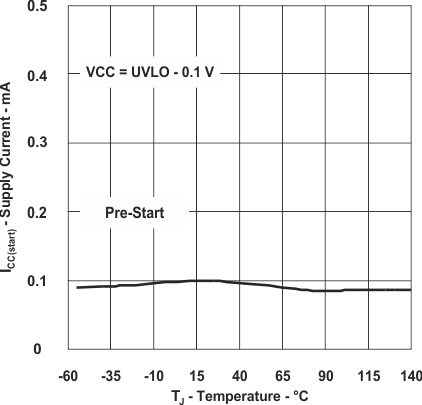 Figure 4. Supply Current vs Temperature
Figure 4. Supply Current vs Temperature
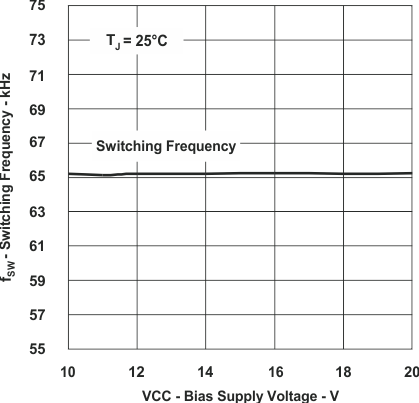 Figure 6. Oscillator Frequency vs Bias Supply Voltage
Figure 6. Oscillator Frequency vs Bias Supply Voltage
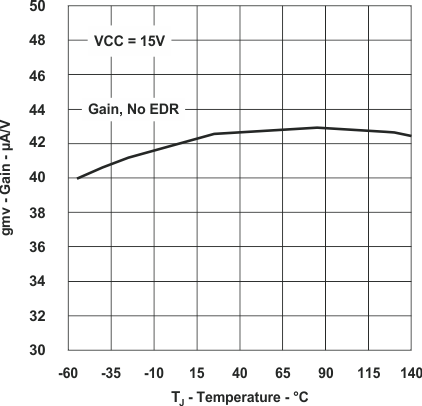 Figure 8. Voltage Error Amplifier Transconductance vs Temperature
Figure 8. Voltage Error Amplifier Transconductance vs Temperature
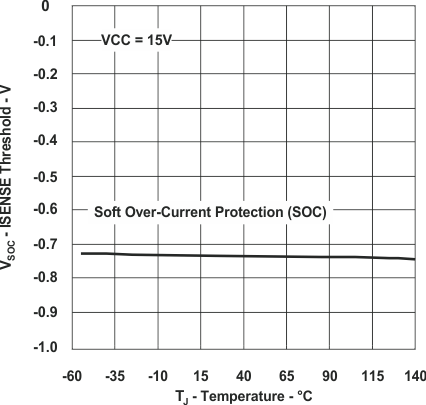 Figure 10. ISENSE Threshold vs Temperature
Figure 10. ISENSE Threshold vs Temperature
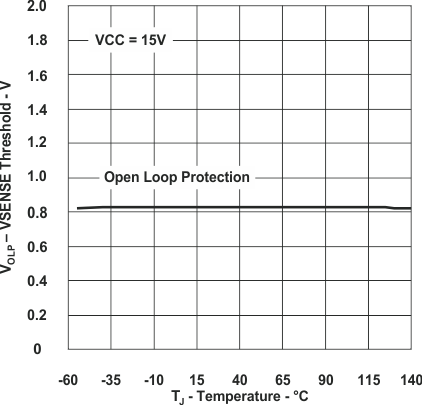 Figure 12. VSENSE Threshold vs Temperature
Figure 12. VSENSE Threshold vs Temperature
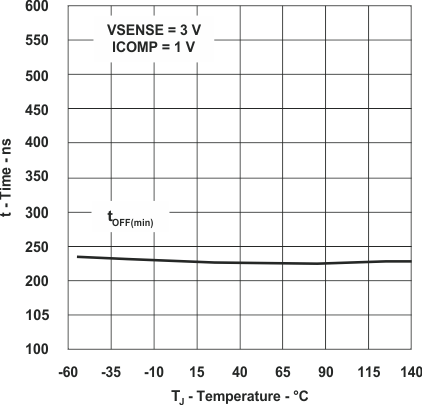 Figure 14. Minimum Off Time vs Temperature
Figure 14. Minimum Off Time vs Temperature
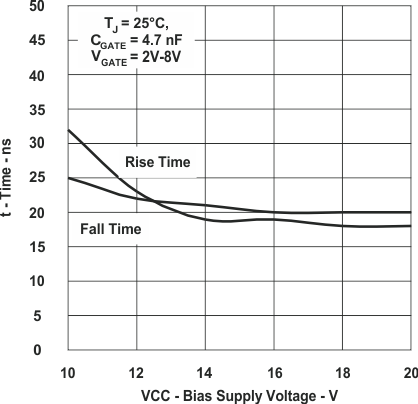 Figure 16. Gate Drive Switching vs Bias Supply Voltage
Figure 16. Gate Drive Switching vs Bias Supply Voltage